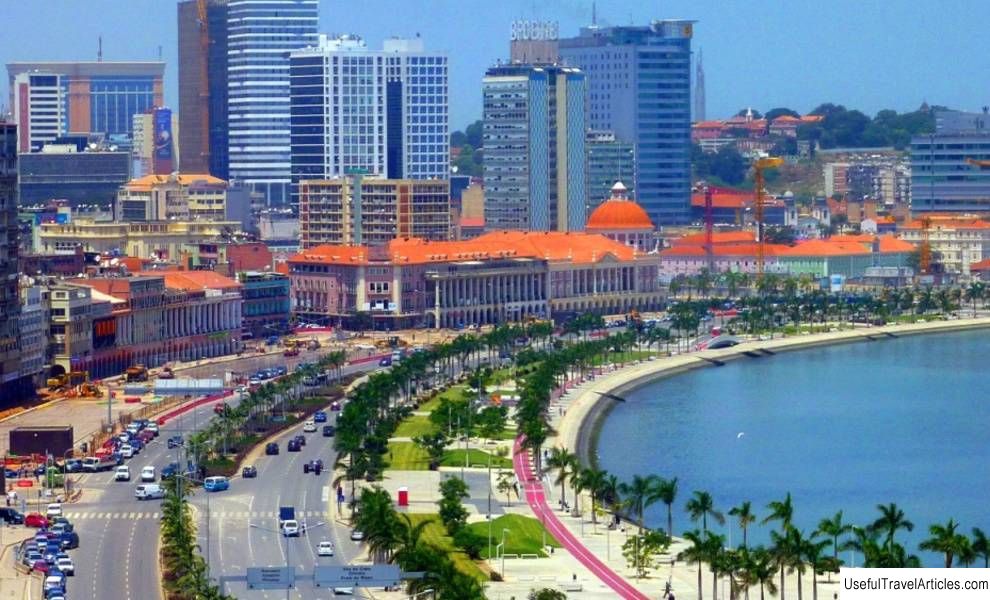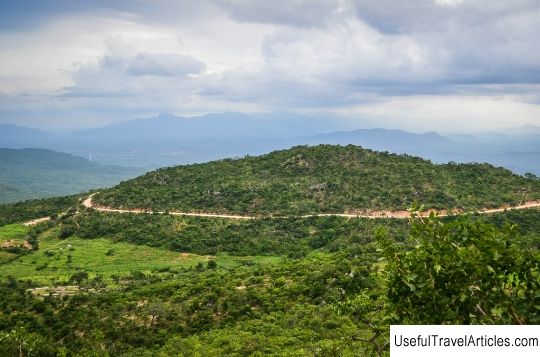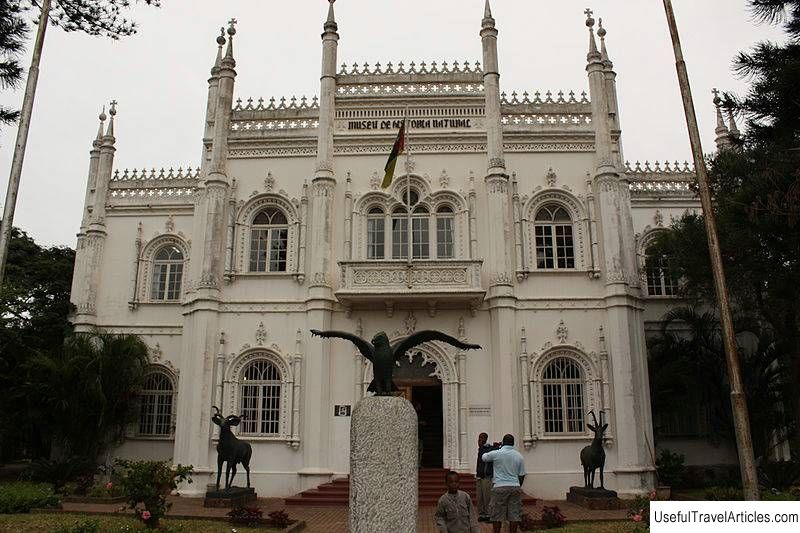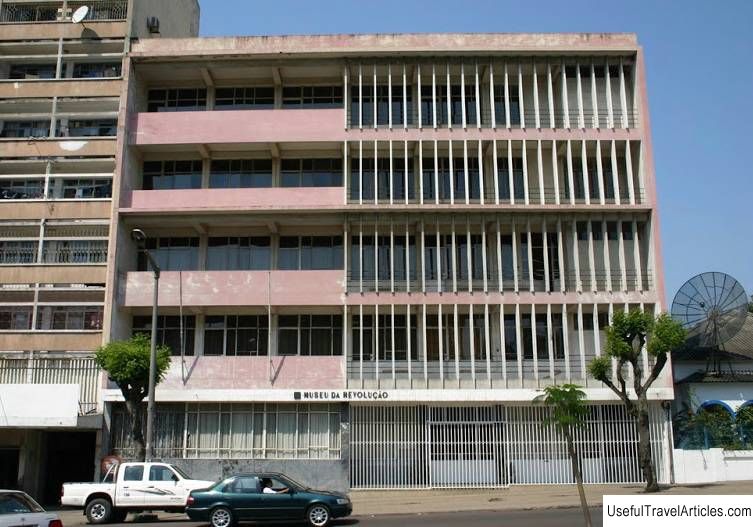Colonial architecture description and photos - Angola: Luanda
Rating: 7,8/10 (1254 votes) 
Colonial architecture description and photos - Angola: Luanda. Detailed information about the attraction. Description, photos and a map showing the nearest significant objects. Photo and descriptionLuanda was founded in 1575 and was called Sao Paulo da Assuncao de Loanda. It is the capital of Angola and the largest city in the republic. Situated on the Atlantic coast, this city is the country's central seaport, with more than 6 million inhabitants along with the outskirts. It is also the provincial capital of Luanda and the world's third most populous Portuguese-speaking metropolis - after Sao Paulo and Rio de Janeiro, the most populous Portuguese-speaking capital in the world, ahead of Brasilia, Maputo and Lisbon. colonization and development of the country was reflected in its architecture. Ancient buildings built during the time of the colonists using natural materials available in the region - local wood, of different types of clay and stone mined nearby, attract with a non-trivial flavor that you will not find anywhere else. In 1618, the Portuguese built the fortress Fortaleza Sao Pedro da Barra, and later built two more: Fortaleza de Sao Miguel (1634) and Forte de Sao Francisco do Penedo. The characteristic features of colonial architecture are clearly visible in the well-preserved Forte San Miguel, the buildings of the University of Luanda. In the city center you can see the Jesuit church and the Temple of the Madonna of Nazareth from the 16th -17th century, the Carmelite temple from the mid-17th century. The former governor's residence is also an attraction. The culture of Portugal has long left its mark on the stylistic design of Luanda in the form of ancient sidewalks paved with mosaics.
     We also recommend reading Botanical Garden of Siena (Orto Botanico dell'Universita di Siena) description and photos - Italy: Siena Topic: Colonial architecture description and photos - Angola: Luanda. |




